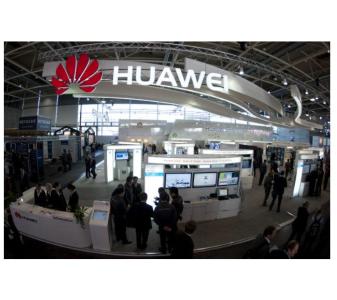Telecom Lead Asia: Huawei has launched its Network Antenna Solution.

The Chinese telecom equipment and ICT solutions major will be looking at gaining market share in network antenna solution market.
Huawei has deployed more than 1.2 million antennas in more than 155 countries for 350 operators through the second half of 2012.
The solution, according to Huawei, is the industry’s first network antenna solution to focus on network performance and user experience to help operators addresses the challenges in the mobile broadband (MBB) era.
Huawei said that as MBB continues to develops, operators will continue to expand and upgrade their networks to meet growing data traffic demands. A trending challenge for antennas will be to support wireless networks that will evolve to support multiple frequencies and multiple modes.
Antennas will develop toward support for multiple frequencies, ultra broadband, electrical tilt and MIMO, even as most towers and rooftop sites have no space for installing antennas with new frequencies. Antennas will also need to satisfy requirements for supporting new technologies like MIMO and beamforming.
Network antennas are more closely linked to whole network performance and user experience, which means they perform better than traditional antennas.
A single Huawei antenna supports five frequencies ranges from 698 MHz to 2690 MHz, covering all industry-standard radio frequencies. This helps operators avoid challenges from antenna installation, tower reconstruction and higher rental fees. Huawei’s antenna solution also supports independent down-tilt adjustments and the flexible configuration of multiple bands (1800 MHz/2100 MHz/2600 MHz) for LTE in 2T2R2T4R4T4R to realize one-time deployment.
While the traditional antenna vendors only focus on the antenna specification, Huawei’s Network Antenna Solution is designed to accommodate more precise 3D patterns and network simulations to ensure overall network performance and user experience.
Huawei’s AAS (Active Antenna System) for real-time optimization and dynamic adjustment for wireless networks to identify 70 percent of unseen antenna faults in real time to reduce fault location time and greatly improve operation efficiency.
“Our unique advantage is we have global R&D capabilities for both antennas and the whole wireless network. Huawei is confident of combining its advantages in wireless networks and antennas to provide cutting-edge network antenna solutions. Huawei’s network antenna expertise will help operators further win MBB business successes,” said Zhou Taoyuan, Antenna and IBS Solutions President for Huawei’s Wireless Network Business Unit.





